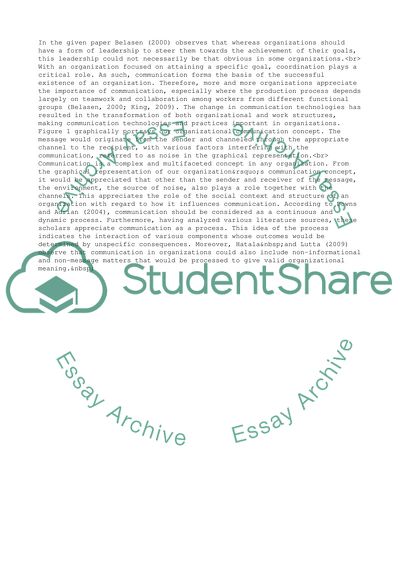Cite this document
(Communication and Competencies for Managing Change Essay, n.d.)
Communication and Competencies for Managing Change Essay. Retrieved from https://studentshare.org/management/1628729-professional-organizational-communication-vision-statement
Communication and Competencies for Managing Change Essay. Retrieved from https://studentshare.org/management/1628729-professional-organizational-communication-vision-statement
(Communication and Competencies for Managing Change Essay)
Communication and Competencies for Managing Change Essay. https://studentshare.org/management/1628729-professional-organizational-communication-vision-statement.
Communication and Competencies for Managing Change Essay. https://studentshare.org/management/1628729-professional-organizational-communication-vision-statement.
“Communication and Competencies for Managing Change Essay”, n.d. https://studentshare.org/management/1628729-professional-organizational-communication-vision-statement.


